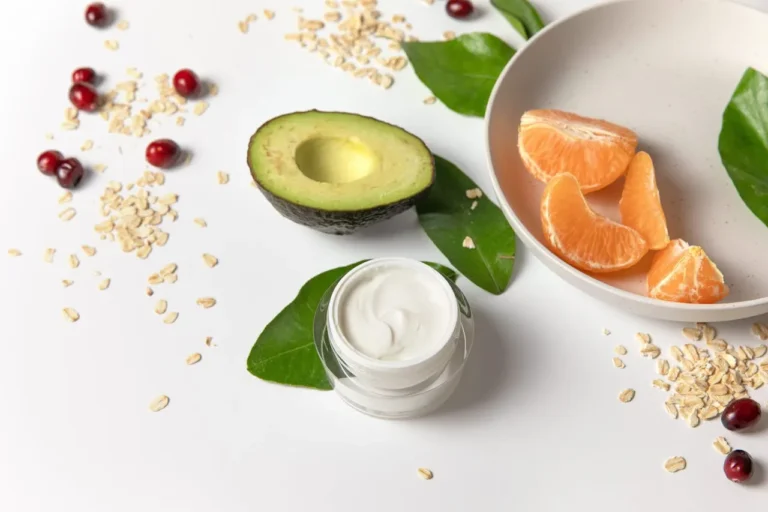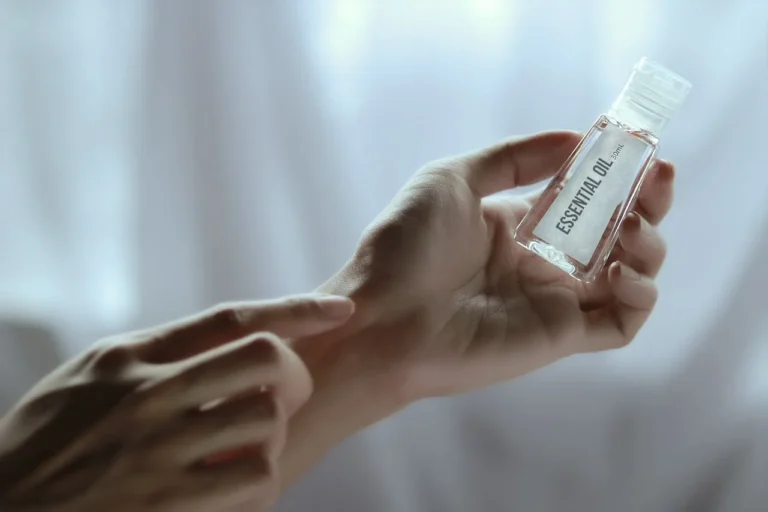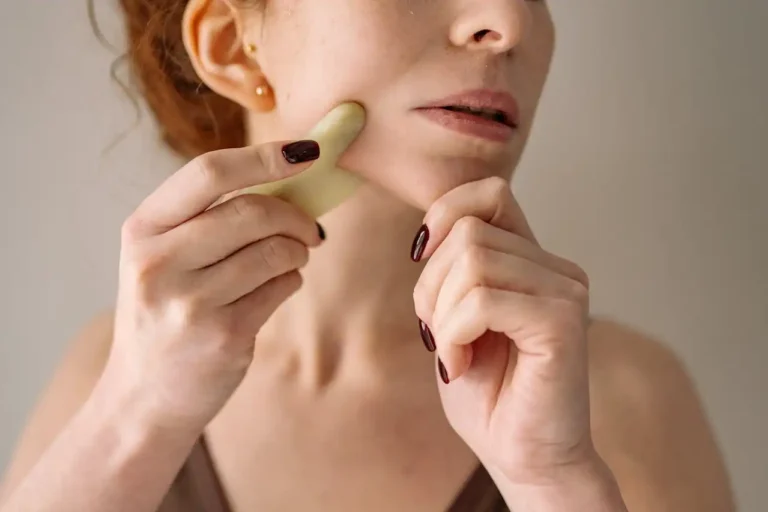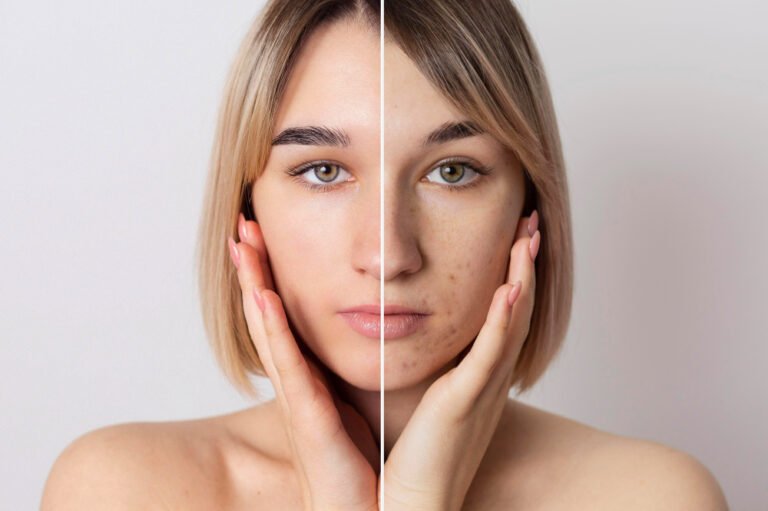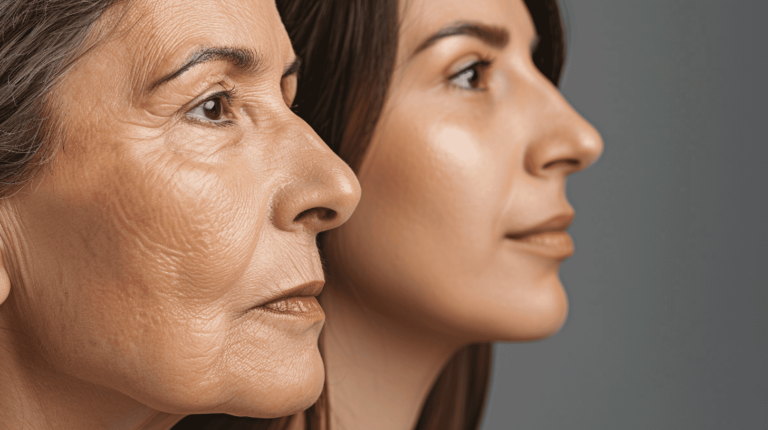Best Sunscreens That Won’t Leave a White Cast
You’ve probably experienced it before—that chalky, ghostly appearance after applying sunscreen that makes you look like you’ve been dunked in flour.
You know you need sun protection, but you shouldn’t have to sacrifice your natural skin tone for it.
Finding the perfect sunscreen that protects without the dreaded white cast is entirely possible.
Understanding the White Cast Phenomenon
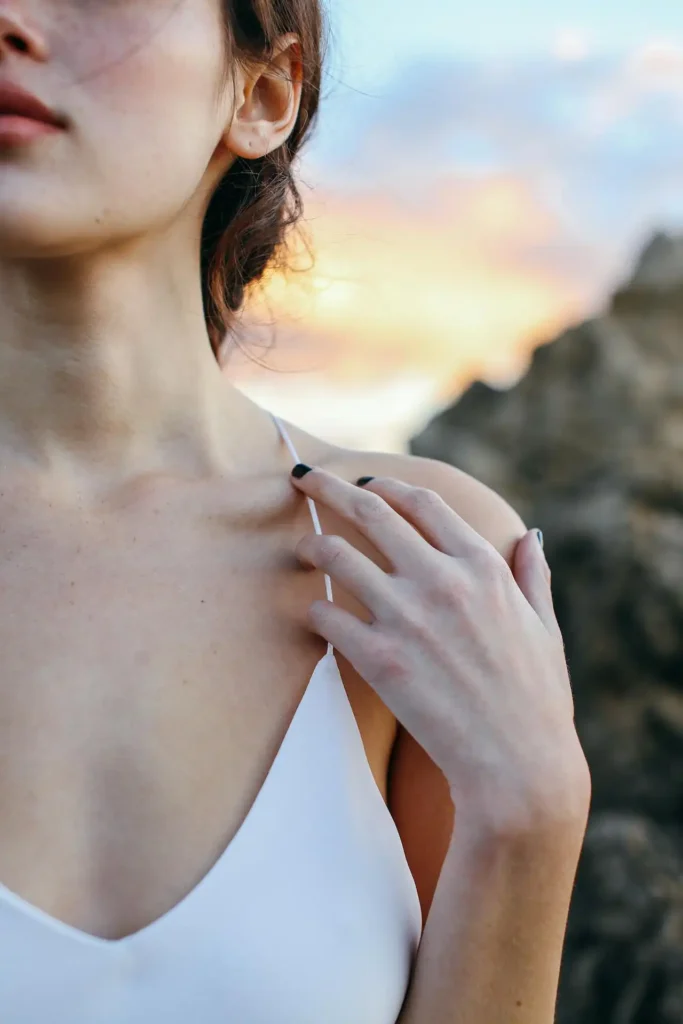
White cast happens when sunscreen ingredients don’t blend properly into your skin, leaving behind a visible residue that appears pale or ashy.
This issue affects people of all skin tones, but it’s particularly noticeable on medium to darker complexions.
The culprits behind white cast are typically mineral sunscreen ingredients like zinc oxide and titanium dioxide.
These physical blockers sit on top of your skin to deflect UV rays, but older formulations often contained particles too large to blend seamlessly.
You’ll be happy to know that sunscreen technology has advanced significantly.
Modern formulations use micronized particles that are much smaller, allowing them to blend better while maintaining their protective properties.
Understanding why white cast occurs helps you make smarter choices when shopping for sunscreen.
You can look for specific formulations and ingredients that minimize this issue while still providing excellent protection.
Chemical vs. Mineral Sunscreens: Which Wins?
Chemical sunscreens generally cause fewer white cast issues because they absorb into your skin rather than sitting on top.
These formulations use ingredients like avobenzone, octanoate, and oxybenzone that penetrate the skin and absorb UV radiation.
You’ll find that chemical sunscreens tend to feel lighter and more invisible on your skin.
They blend easily and rarely leave any visible residue, making them excellent choices if you’re primarily concerned about appearance.
However, chemical sunscreens can sometimes cause irritation for people with sensitive skin.
They may also take longer to become effective after application, requiring about 15-20 minutes before you’re fully protected.
Mineral sunscreens create a physical barrier on your skin’s surface.
While they’re often gentler for sensitive skin and provide immediate protection upon application, they’re traditionally more likely to cause white cast.
The good news is that newer mineral formulations have largely solved the white cast problem.
Brands now use Nano or micronized particles that blend much better while maintaining the gentle, effective protection that makes mineral sunscreens so appealing.
Key Ingredients That Prevent White Cast
When you’re shopping for sunscreen, look for products that specifically mention “invisible finish,” “no white cast,” or “sheer formula” on their packaging.
These terms indicate that the manufacturer has formulated the product to minimize visible residue.
Zinc oxide remains one of the most effective sun-blocking ingredients, but you want to find formulations that use micronized or Nano zinc oxide.
These smaller particles provide the same protection while blending much more seamlessly into your skin.
Chemical ingredients like avobenzone, homosalate, octisalate, and octocrylene are excellent for avoiding white cast because they’re designed to be absorbed rather than sitting visibly on your skin’s surface.
Some innovative sunscreens now include silicones and special texture-enhancing ingredients that help the product spread more evenly and blend better.
These formulations often feel more like skincare products than traditional sunscreens.
You should also look for sunscreens that include moisturizing ingredients like hyaluronic acid, glycerin, or plant oils.
These components help the sunscreen blend more smoothly while providing additional skin benefits.
Top-Rated Sunscreens That Deliver on Their Promises

EltaMD UV Clear stands out as a favorite among dermatologists and beauty editors.
This chemical sunscreen appears white when you first pump it out but blends completely clear on all skin tones.
It’s formulated with niacinamide and hyaluronic acid, making it an excellent choice for sensitive or acne-prone skin.
Supergoop! Unseen Sunscreen has built its reputation as a completely invisible, weightless formula that doubles as a makeup primer.
You’ll appreciate how this sunscreen creates a smooth base for makeup while providing broad-spectrum SPF 40 protection without any visible residue.
For those who prefer drugstore options, Banana Boat Light As Air SPF 50 offers excellent protection with no white cast at an affordable price.
This chemical sunscreen absorbs quickly and leaves a matte, non-sticky finish that works well for both face and body application.
La Roche-Posey Anthelion offers chemical formulations known for their elegant textures and lack of white cast.
These sunscreens often include antioxidants and soothing ingredients that benefit your skin beyond just sun protection.
If you’re looking for clean beauty options, Thatch The Silk Sunscreen provides mineral protection with a silky finish that blends beautifully.
While it’s pricier than drugstore alternatives, many users find the luxurious texture and invisible finish worth the investment.
Sunscreens Specifically Designed for Deeper Skin Tones
The beauty industry has finally recognized that sunscreen needs vary across different skin tones.
Black Girl Sunscreen was specifically formulated to address the white cast problem for myelinated skin, offering protection that blends seamlessly without leaving any ashy residue.
You’ll find that many brands now offer tinted sunscreens in multiple shades.
These products provide the same excellent protection while adding a subtle tint that complements your natural skin tone rather than masking it.
Beauty of Joseon and other K-beauty brands have gained popularity for their lightweight, invisible formulations that work exceptionally well on various skin tones.
These sunscreens often feel more like essences or serums than heavy protective creams.
Look for brands that specifically test their products on diverse skin tones during development.
Companies that prioritize inclusivity are more likely to create formulations that truly work for everyone.
Application Techniques That Minimize White Cast
Even the best sunscreen can leave a white cast if you don’t apply it correctly. You should start with clean, moisturized skin to create the ideal base for smooth application.
Use the proper amount—about ¼ teaspoon for your face and neck. This technique helps ensure even coverage without overwhelming your skin.
Many people apply too little sunscreen, which can actually make blending more difficult and leave patchy areas that might appear white or streaky.
Apply sunscreen in thin layers rather than trying to spread a large amount all at once. Start with a small amount, blend it thoroughly, then add more if needed.
Take time to blend the product fully. Don’t rush the application process—spend an extra 30 seconds massaging the sunscreen into your skin.
This extra attention helps eliminate any visible residue and ensures complete coverage.
Consider using patting motions rather than rubbing when applying sunscreen around delicate areas like your eyes.
Patting helps prevent the product from pilling or becoming cakey in areas where your skin might be more sensitive.
The Science Behind Modern Formulations
Sunscreen technology has evolved dramatically in recent years. These innovations create more even coverage and reduce the likelihood of white streaks or patches.
Manufacturers now use advanced particle technology that allows mineral ingredients to provide excellent protection while remaining virtually invisible on your skin.
Micritization and nanotechnology have revolutionized how mineral sunscreens perform.
These processes create particles small enough to blend seamlessly while maintaining their protective properties.
You get the same excellent sun protection without the cosmetic drawbacks of older formulations.
Many modern sunscreens also incorporate film-forming technologies that help the product adhere better to your skin.
Texture-enhancing ingredients like silicones and emollients help sunscreens spread more easily and feel more comfortable on your skin.
These additions make wearing sunscreen a more pleasant experience while maintaining protective efficacy.
Sunscreen for Different Activities and Lifestyles
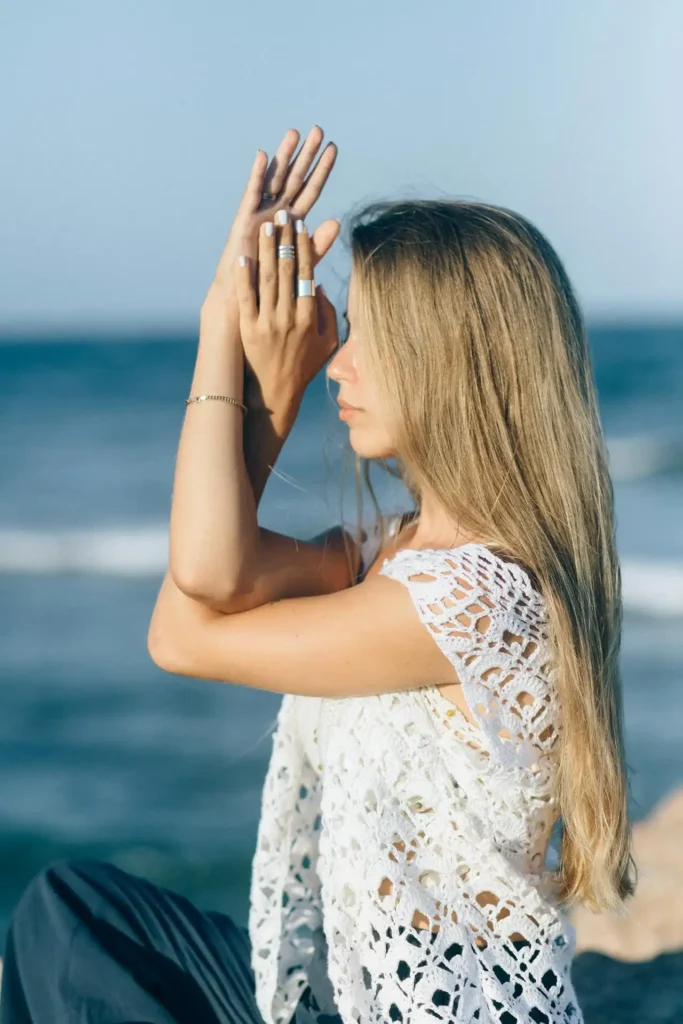
Your sunscreen needs might vary depending on your daily activities. If you have an active lifestyle, consider sunscreen sticks for easy reapplication.
For everyday wear under makeup, you’ll want lightweight formulations that dry quickly and create a smooth base for other products.
Water-resistant formulations are essential for swimming, sweating, or outdoor activities. For sensitive skin, mineral formulations remain the gentlest option.
Look for products that maintain their protection for 40 or 80 minutes of water exposure, and remember to reapply after toweling off.
These products allow you to touch up your protection without disrupting makeup or getting your hands messy.
Modern mineral sunscreens offer excellent protection without irritation, and many now blend as well as chemical alternatives.
Ingredient Awareness and Skin Sensitivity
You should always check ingredient lists if you have known sensitivities or allergies.
Some people react to chemical sunscreen ingredients, while others might be sensitive to fragrances or preservatives commonly found in sunscreen formulations.
Patch testing new sunscreens is always wise, especially if you have reactive skin. Consider your other skincare products when choosing sunscreen.
Apply a small amount to your inner arm and wait 24 hours to ensure you don’t experience any adverse reactions.
Some ingredients don’t play well together, and certain combinations might increase the likelihood of irritation or reduce effectiveness.
If you’re pregnant or nursing, you might prefer mineral sunscreens, as they don’t absorb into your bloodstream.
However, you should consult with your healthcare provider about the best sun protection options for your specific situation.
Reapplication Without the Mess
Reapplying sunscreen throughout the day shouldn’t mean ruining your makeup or dealing with white residue.
Powder sunscreens offer convenient touch-up options that won’t disturb your existing makeup.
Sunscreen setting sprays provide another reapplication option, though they should supplement rather than replace proper initial application.
These products work well for refreshing your protection during long days outdoors. This technique helps maintain coverage without creating cakey buildup.
If you’re wearing makeup, consider using a makeup sponge to gently pat additional sunscreen over your existing look.
Plan your reapplication strategy based on your day’s activities. If you’ll be outdoors for extended periods, factor in regular sunscreen breaks to maintain optimal protection.
Seasonal Considerations and Storage
Your sunscreen needs might change with the seasons. Keep products in cool, dry places and avoid leaving them in hot cars or direct sunlight.
Summer formulations often focus on water resistance and long-lasting wear, while winter products might emphasize moisturizing properties to combat dry air.
Proper storage extends your sunscreen’s effectiveness and prevents texture changes that might contribute to white cast.
Check expiration dates regularly and replace old products. Expired sunscreen can become less effective and may develop texture issues that make blending more difficult.
Consider having different sunscreens for different seasons or activities. You might prefer a lightweight, invisible formula for daily wear and a heavier, water-resistant option for beach days.
Making Sunscreen Part of Your Daily Routine

Consistency is key to effective sun protection. Choose sunscreens you genuinely enjoy using—products that feel good and look invisible on your skin are more likely to become daily habits.
Apply sunscreen as the last step in your morning skincare routine, before makeup. Set reminders if necessary to help establish the habit.
This timing allows your skincare products to absorb properly while ensuring your sunscreen creates an effective protective barrier.
Many people forget sunscreen application until they’re already dressed and ready to leave, making it feel like an inconvenient afterthought.
Consider multipurpose products that combine sun protection with other benefits you want.
Moisturizers with SPF, tinted sunscreens, or formulations with anti-aging ingredients can simplify your routine while providing protection.
Conclusion
You no longer need to choose between sun protection and looking like yourself.
Modern sunscreen formulations offer excellent protection without white cast, letting you maintain your natural beauty while keeping your skin healthy and protected from harmful UV rays.


